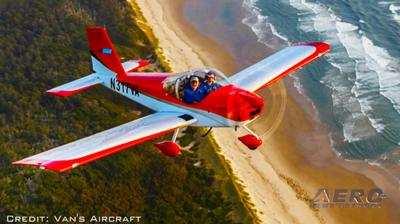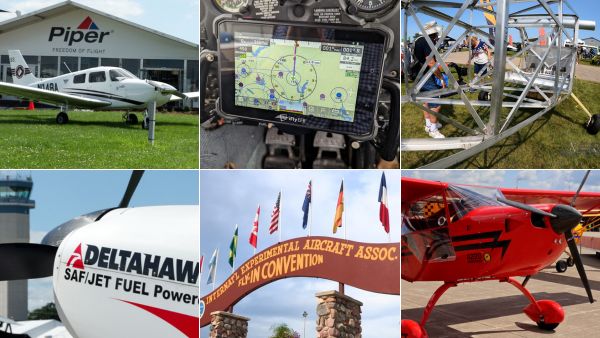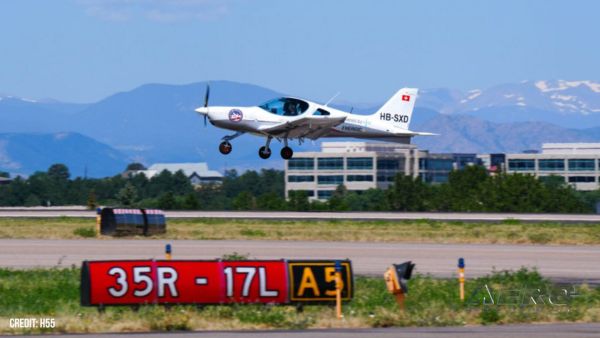Wed, Oct 10, 2018
Advertisement
More News
 Airborne 07.18.25: Will MOSAIC Be Announced Tuesday???, 12 Hot News Items
Airborne 07.18.25: Will MOSAIC Be Announced Tuesday???, 12 Hot News Items
Also: DeltaHawk, Piper, Hartzell, High Flying Models & Bob Hoover Legacy, SUN n FUN26 and Affordable Flying Expo 2025 -- and MUCH More. In an exclusive interview earlier this m>[...]
 Airborne-Flight Training 07.10.25: ATC School, Air Race Classic, Samson School
Airborne-Flight Training 07.10.25: ATC School, Air Race Classic, Samson School
Also: Sully v Bedford, Embraer Scholarships, NORAD Intercepts 11, GAMA Thankful Middle Georgia State University will be joining the Federal Aviation Administration’s fight ag>[...]
 Airborne 07.18.25: Will MOSAIC Be Announced Tuesday???, 12 Hot News Items
Airborne 07.18.25: Will MOSAIC Be Announced Tuesday???, 12 Hot News Items
Also: DeltaHawk, Piper, Hartzell, High Flying Models & Bob Hoover Legacy, SUN n FUN26 and Affordable Flying Expo 2025 -- and MUCH More. In an exclusive interview earlier this m>[...]
 ANN's Daily Aero-Linx (07.16.25)
ANN's Daily Aero-Linx (07.16.25)
Aero Linx: Minnesota Seaplane Pilots Association (MSPA) We are the Minnesota Seaplane Pilots Association (MSPA), a nonprofit organization dedicated to supporting and empowering sea>[...]
 ANN's Daily Aero-Term (07.16.25): Preferred IFR Routes
ANN's Daily Aero-Term (07.16.25): Preferred IFR Routes
Preferred IFR Routes Routes established between busier airports to increase system efficiency and capacity. They normally extend through one or more ARTCC areas and are designed to>[...]
blog comments powered by Disqus




